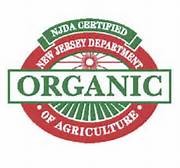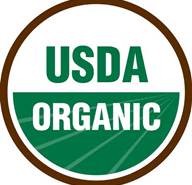A certification mark may only be used in accordance with the defined standards. The main difference between collective marks and certification marks is that the former may be used only by particular enterprises, e.g. members of the association which owns the collective mark, while the latter may be used by anybody who complies with the defined standards.
An important requirement for the registration of a certification mark is that the entity that applies for registration is ‘competent to certify’ the products concerned. Thus, the owner of a certification mark must be the representative for the products to which the certification mark applies.
In the USA, collective and certification marks are typically used by agricultural producers in much the same way as GIs are used in Europe.



US state governments typically encourage the registration of certification marks to encourage agricultural producers.
For example, the certification mark VIDALIA is owned by the State of Georgia’s Department of Agriculture and is ‘intended to be used by persons authorized by certifier, and…in connection with which it is used are yellow Granex type onions and are grown by authorized growers within the Vidalia onion production area in Georgia as defined in the Georgia Vidalia Onion Act of 1986’.
FLORIDA CITRUS is owned by the State of Florida’s Department of Citrus and certifies that the goods bearing the mark ‘either consist of citrus fruit grown in the State of Florida, under specified standards, or are processed or manufactured wholly from such citrus fruit’.
